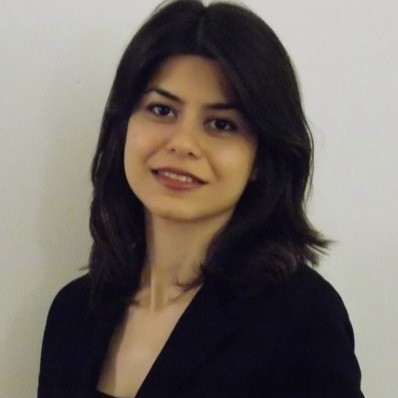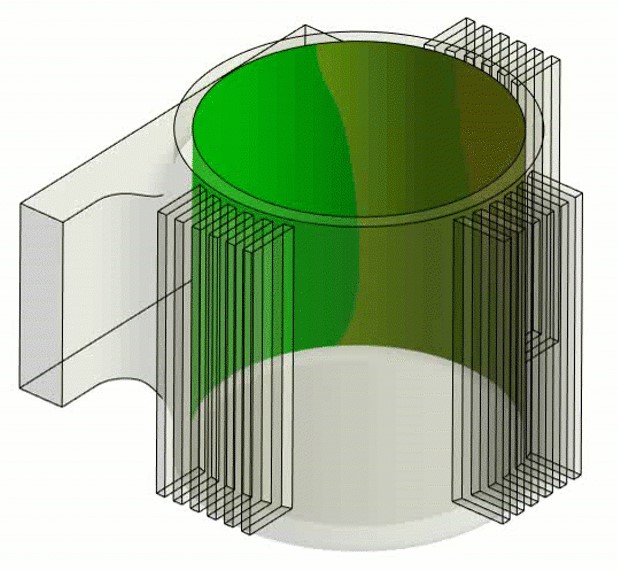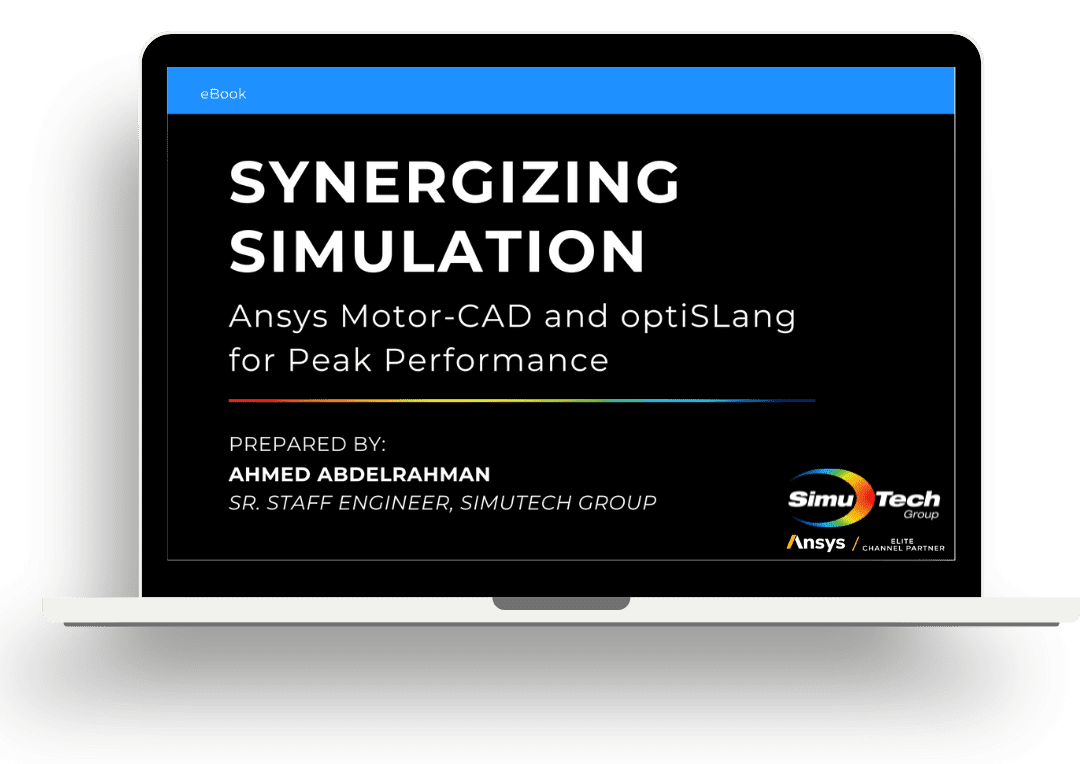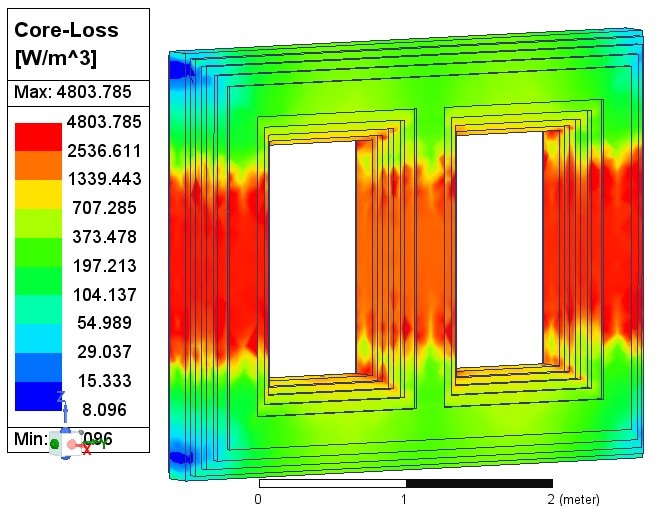Total Artifical Heart Computational Fluid Dynamics:
Modeling of Stator Bore Design Effects with CFD Simulation
Authors: Khelghatibana, Maryam*; Goodin, Mark S.*; Yaksh, Michael; Horvath, David J.; Kuban, Barry D.; Fukamachi, Kiyotaka; Karimov, Jamshid H.
Abstract
Cleveland Clinic’s continuous-flow total artificial heart (CFTAH) is a double-ended centrifugal blood pump that has a single rotating assembly with an embedded magnet, which is axially and radially suspended by a balance of magnetic and hydrodynamic forces. The key to the radial suspension is a radial offset between the stator bearing bore and the magnet’s steel laminations. This offset applies a radial magnetic force, which is balanced by the hydrodynamic force as the rotating assembly moves to a “forced-balanced” radial position. The journal-bearing blood passage is a narrow flow path between the left and right impellers. The intent of this study was to determine while satisfying the geometric design constraints imposed by the pump and motor configuration. Electromagnetic forces on the journal bearing were calculated using the Ansys EMAG program, Version 18 (Ansys, Canonsburg, PA). Ansys CFX Version 19.2 was then used to model the journal-bearing flow paths of the most recent design of the CFTAH. A transient, moving mesh approach was used to locate the steady-state, force-balanced position of the rotating assembly. The blood was modeled as a non-Newtonian fluid. The computational fluid dynamics simulations showed that by increasing stator bore radius, rotor power, stator will average shear stress, and blood residence time in journal-bearing decrease, while blood net flow rate through the bearing increases. The results were used to select a new bearing design that provides an improved performance compared with the baseline design. The performance of the new CFTAH-bearing design will be confirmed through upcoming in vitro and in vivo testing.
Read the published ASAIO journal article here.

About the SimuTech Contributors
Maryam is a graduate of École Polytechnique de Montréal’s Masters of Applied Science program, specializing in CFD. During her graduate studies, she collaborated with Pratt and Whitney Canada on a project focused on aerodynamic optimization of transonic fans. She joined SimuTech Group in 2015 and has since worked on several projects focusing on heat transfer, multiphase flows, turbulent flows, and fluid-structure interaction. Maryam also provides technical support, training, and mentoring for SimuTech clients.
Mark has over 30 years of experience in the biomedical device field applying both CFD in the design of new products, including: rotary blood pumps used for heart support, blood oxygenators/heat exchangers used in open-heart surgery, artificial kidneys, rotational atherectomy devices, cardiac and thermal balloon catheters, and magnetic stem cell separators. Such modeling results can help clinicians to plan their surgical approaches and evaluate a new device’s performance under simulated clinical conditions.
See the full list of Ansys CFD Software capabilities, or contact us today to learn more about how Ansys Mechanical can help you improve your simulation capability.







